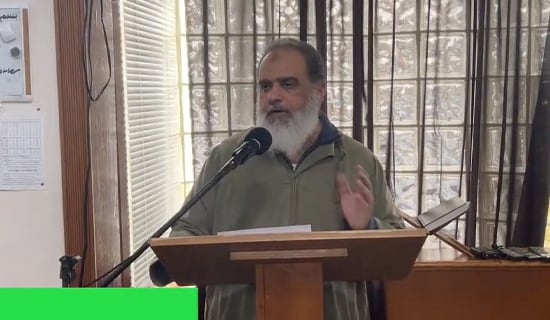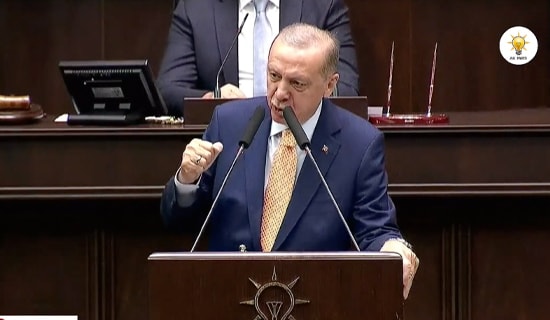The latest quarterly report by the International Atomic Energy Agency (IAEA) on Iran's nuclear program, released in May 2013, enumerates several areas in which the program has advanced: centrifuges installed, progress made in the construction of the heavy water reactor at Arak and its operations,[1] enrichment of uranium to 20%, and stockpiling of enriched uranium.
While the IAEA states in its report that Iran's stockpile of uranium enriched to 20% has not yet reached 240 kg – the quantity that will allow it to manufacture a nuclear bomb – the agency expressed concern about Iran's progress in its nuclear program and its failure to cooperate with it.
With regard to Iran's enrichment of uranium to 20%, the IAEA report states that Iran has continued to convert 20%-enriched uranium from gas form to powder form. This is an indication that Iran is not seeking to cross the red line set by Israel – that is, the abovementioned 240 kg.
According to the report, Iran has 324 kg of uranium enriched to 20%; 182 kg of this is in the form of gas (15 kg more than the quantity reported in the IAEA's February report) and the rest, 142 kg, has been converted to powder form. The conversion of gas into powder makes it more difficult to use the uranium for manufacturing nuclear weapons, though the process is reversible.
The IAEA has previously warned that hydrodynamic experiments that apparently took place at the Parchin facility, to which Iran has been denying access, involve high explosives in conjunction with nuclear material or nuclear material surrogates. These experiments, the IAEA says, are "strong indicators of possible weapon development."[2]
On June 3, IAEA director-general Yukiya Amano said: "Despite the intensified dialogue between the agency and Iran... no agreement has been reached... To be frank, for some time now we have been going round in circles." He added, "The Agency therefore cannot conclude that all nuclear material in Iran is in peaceful activities."[3]
Assessment
SUPPORT OUR WORK

It can be concluded from Iran's lateral expansion of its nuclear program that it is adhering to the framework created for it by President Obama – a framework that legitimizes Iran's status as a nuclear threshold state while expressing his opposition to Iran's crossing of that threshold and manufacturing a nuclear bomb (see MEMRI Inquiry and Analysis No. 888, Iran Becomes A Nuclear Threshold State
Within this latitude given to it by President Obama, Tehran is expanding its nuclear program while refraining from providing the international community with an excuse to attack it.
Assessing that the West will not breach the framework that it has set in place – which comprises measured sanctions along with diplomatic talks – Iran is turning these talks into a tool that serves its own interests: It is complying with the West's demands by holding pointless talks with the 5+1 and the IAEA while avoiding reaching a modalities agreement and refusing to allow IAEA inspectors to visit the facility at Parchin. At the same time, it is advancing its nuclear program within the limits of a "threshold state" status, so as to be able to cross that line at will and become a nuclear-armed state.[4]
*A. Savyon is director of MEMRI's Iranian Media Project; Y. Carmon is President of MEMRI.
Endnotes:
[1] The report states that the construction of this facility has advanced despite the U.N. Security Council's demand that it be halted, and that Iran has announced its intention to begin operations there in 2014 for purposes of medical research. It should be noted that the facility can be used to produce fissile material for nuclear weapons (plutonium route).
[2] BBC, June 3. 2013.
[3] Reuters, UN.org, June 3, 2013.
[4] Iranian nuclear negotiating chief and current presidential candidate Saeed Jalili said that Iran is among the 10 nuclear countries in the world. Press TV, Iran, June 1, 2013.




